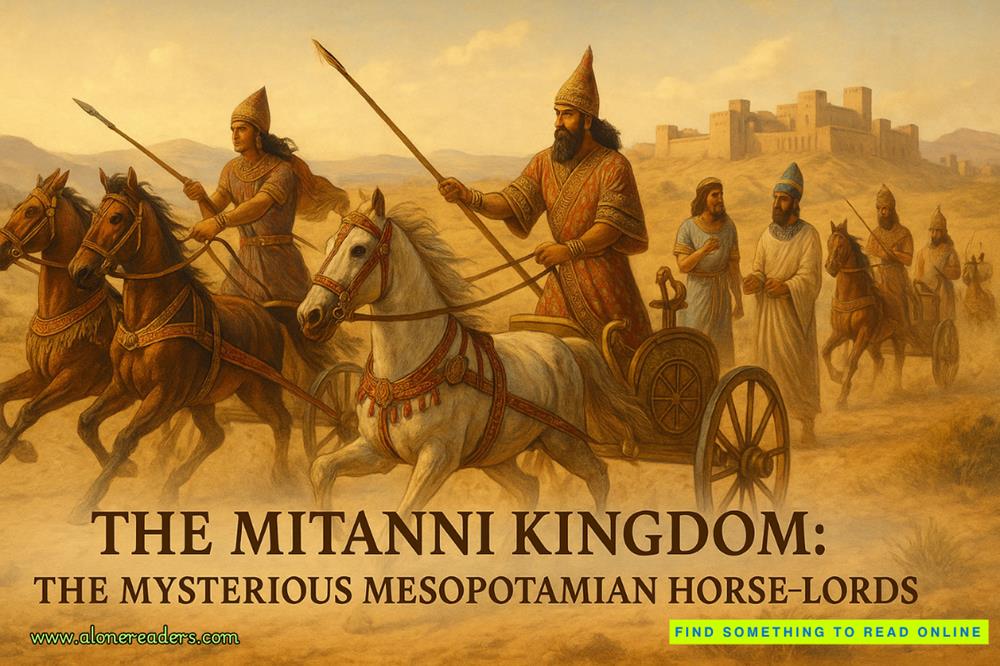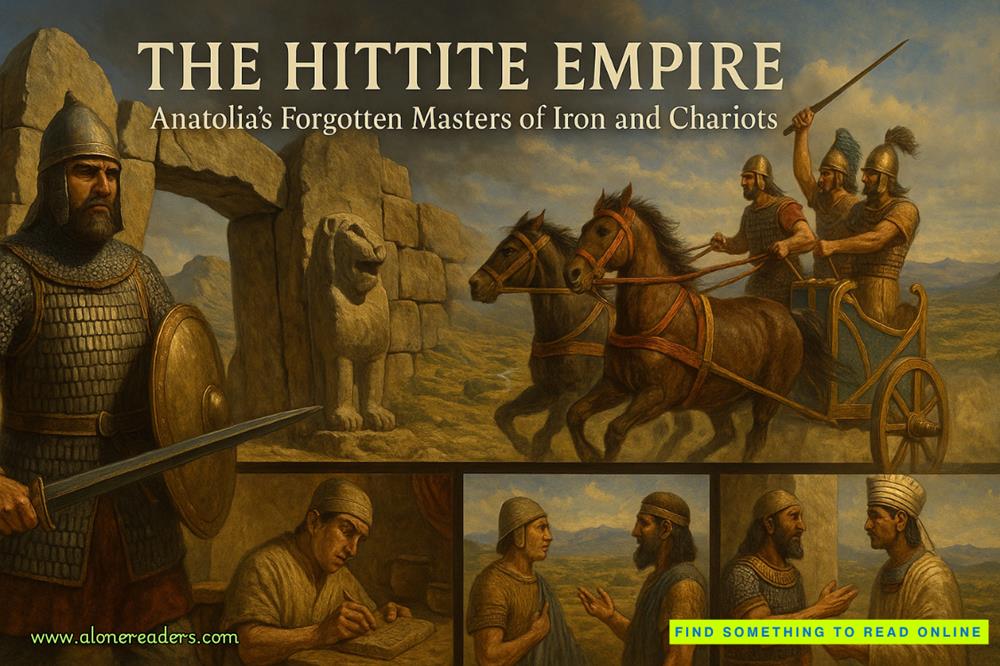Page 105 of Don't Shoot Me Santa
Kenny sighed.
This wasn’t his undergraduate lectures, where he’d often use unfolding real-life cases to walk students through the mechanics of profiling. They lapped it up. That was whatmost of them had signed up for. To flirt with the edges of darkness in a controlled environment.
But this class was different.
These were A Level students. Teenagers. Some headed for clinical psychology, some leaning towards education, sports science, counselling. Not all of them wanted to be face to face with the worst humanity had to offer.
Still… as Kenny scanned the room, he saw no morbid fascination. No wide-eyed ghoulish curiosity. Just concern. Real, quiet concern. For the victims. Each other. And concern that this wasn’t another story on the news, but something that could happen to them. So if talking about it, carefully and responsibly, could make them more vigilant, more aware, more protective of each other… then he owed them that.
He wouldn’t let one of his students become the next name in the papers.
Not before the turkey had even cooled.
“All right.” Kenny set his laptop aside. “Since none of you are going to concentrate until we address it…yes. The latest case appears to be connected. And yes, I’m consulting.”
A ripple ofwhoasand exchanged glances moved through the room, but it faded quickly as Kenny stepped in front of the projector and crossed his arms.
“If anyone doesn’t want to be part of this discussion, or if it becomes uncomfortable at any point, you’re free to leave. You’ll still be marked present. No questions asked.”
He let that sit for a beat.
“But I think this is worth going through. Because the truth is, the victim profile so far? It’s not far off from some of you sitting in this room. And if talking about it keeps you alert, prepared, and watching out for each other… then we do it.”
No one moved.
“Okay. I’m not going to give you any details that haven’talready been reported. I’m bound by confidentiality and breaching that would compromise the investigation, and the families involved. But what Icando, as your teacher, is walk you through how psychological profiling works in real time. What we look for. Why certain behaviours matter. And most importantly, how understanding those patterns can keep you and others safe.”
He turned to the whiteboard and scribbled one word:VICTIMS.
“Let’s start here.” Kenny turned back from the whiteboard. “What do we know about the victimology?”
Jasmine raised her hand. “They were young. Teenagers.”
“Good.” Kenny nodded. “Most of them are under twenty. What else?”
“From care backgrounds,” another student offered. “Unstable housing. Runaways.”
“Exactly,” Kenny said. “So, what does that tell us about how the killer is choosing their victims?”
A voice from the back: “Picking people who won’t be missed?”
“Possibly,” Kenny allowed. “That’s one theory. But let’s dig deeper. What else could be driving the selection?”
He scanned the room until another hand went up.
“They’re people who don’t have anyone. Failed by people.”
“People, yes. And…?”
“Institutions?” Another kid piped up from the back.
Kenny pointed, nodding. “Yes. Likely. Good.”
He turned back to the board and wrote, in bold strokes:
Targeted. Symbolic. Deliberate.
“These victims aren’t just vulnerable,” he said. “They represent something to the killer. They’re not random. They’recurated. And without evidence of a sexual motive, we have to assume they’ve been chosen for what theysymbolise.” He faced the class again. “When a killer chooses their victims this specifically, we move away from the disorganised offender, one acting on impulse or chaos, and into what we call theorganised subtype.” He underlined the phrase on the board. “That means planning. Control. Structure. And, more often than not, ritual.”















